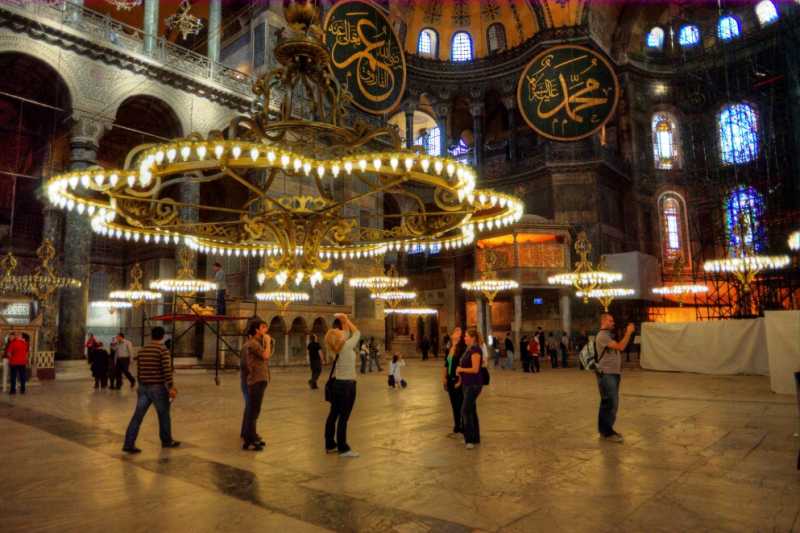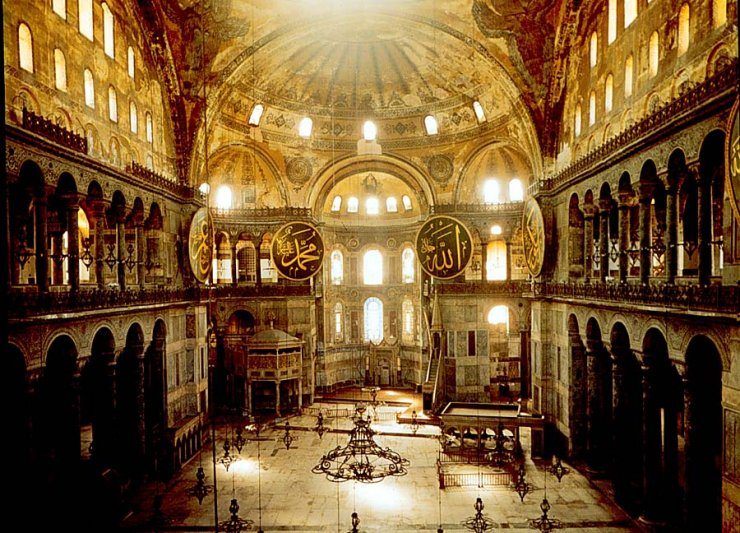Did Mehmet II purchase the Hagia Sophia from the Orthodox leadership after the conquest of Byzantine?
No.
Over the last days, I’ve seen this question so many times it’s tiring. Obviously, it has to do with the recent decision of the Turkish government to reconvert Hagia Sophia into a mosque. Either the OP(s) or their source(s) probably think the decision would be more justified, if Sultan Mehmed II had bought the church rather than simply capturing it. I disagree with the premise anyway, but it doesn’t matter, because the question is both factually and fundamentally wrong.

This is how Eleftherios Tserkezis an MA, Byzantine Historian answers this question.
According to the medieval Islamic tradition, when a Christian city was conquered by Muslims, its churches had one of two fates: if it had surrendered, their status would generally be respected; if it had been taken by force, they would all be looted and converted to mosques. Brutal as it may seem, this rule offered the besieged another motive to reconsider opposing the besiegers. It’s for the same reason that, say, the Mongols were so cruel when they sacked cities.
This means that for Mehmed and his people it would be nothing short of sheer folly and insolence to suggest they had to buy Hagia Sophia in order to gain ownership of it. By rejecting the Ottoman ultimatums and fighting against the Ottoman army, the Byzantines had automatically forfeited all their churches. From the moment Constantinople was in Ottoman hands, no further action was necessary, and both the victors and the defeated knew that pretty well.
As a matter of fact, if there’s something curious in the entire affair, it’s that a considerable number of churches remained in Christian hands after the fall. Hagia Sophia was out of the question, of course; it was the most prestigious one, so it was looted and immediately dedicated to the glory of Islam. But the second biggest church, the Holy Apostles, was given by Mehmed to the Orthodox patriarch he appointed, Gennadius II. That was the case with other important churches as well.
Now, it’s clear that Mehmed had many reasons to do that. He was a complex and interesting individual, with broad interests and erudition. Even more importantly, he didn’t want to alienate his numerous Christian subjects, but sought to promote some kind of “tolerance,” which he was certain would guarantee the stability and order of his empire. It is for this reason that he appointed Gennadius patriarch and bestowed privileges on him and the Church in general.
Naturally, this rare behavior needed some kind of ad hoc reason — or excuse. That was offered by the topography of Constantinople. In 1453, the City was a shadow of its former self; entire districts were uninhabited and used as fields. That made it look like it wasn’t one city, but several, separate from each other. Some of the inhabited districts (e.g. Phanar / Fener) surrendered after the Theodosian walls were breached, and that submission was their protection.
In the centuries that followed, a lot of churches were confiscated by the state. An interesting, perhaps apocryphal story has it that Selim I decided to convert every church into a mosque — the original plan was to have all Christians convert to Islam, but it was deemed impractical. Patriarch Theoleptus I found three old Janissaries who testified under oath that they had seen with their own eyes Mehmed II receive the surrender of some districts and guarantee the status of their churches. Selim backed down.



